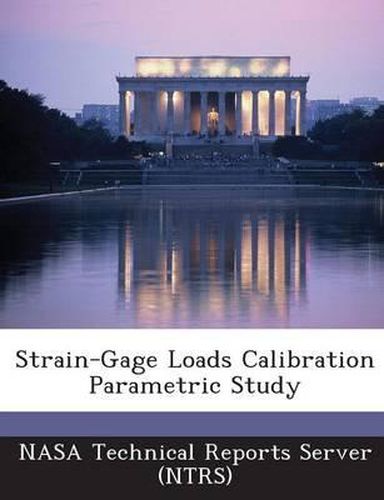Readings Newsletter
Become a Readings Member to make your shopping experience even easier.
Sign in or sign up for free!
You’re not far away from qualifying for FREE standard shipping within Australia
You’ve qualified for FREE standard shipping within Australia
The cart is loading…






This paper documents a parametric study of various aircraft wing-load test features that affect the quality of the resultant derived shear, bending-moment, and torque strain-gage load equations. The effect of the following on derived strain-gage equation accuracy are compared: single-point loading compared with distributed loading, variation in applied test load magnitude, number of applied load cases, and wing-box-only compared with control-surface loading. The subject of this study is an extensive wing-load calibration test of the Active Aeroelastic Wing F/A-18 airplane. Selected subsets of the available test data were used to derive load equations using the linear regression method. Results show the benefit of distributed loading and the diminishing-return benefits of test load magnitudes and number of load cases. The use of independent check cases as a quality metric for the derived load equations is shown to overcome blind extrapolating beyond the load data used to derive the load equations.
$9.00 standard shipping within Australia
FREE standard shipping within Australia for orders over $100.00
Express & International shipping calculated at checkout
This paper documents a parametric study of various aircraft wing-load test features that affect the quality of the resultant derived shear, bending-moment, and torque strain-gage load equations. The effect of the following on derived strain-gage equation accuracy are compared: single-point loading compared with distributed loading, variation in applied test load magnitude, number of applied load cases, and wing-box-only compared with control-surface loading. The subject of this study is an extensive wing-load calibration test of the Active Aeroelastic Wing F/A-18 airplane. Selected subsets of the available test data were used to derive load equations using the linear regression method. Results show the benefit of distributed loading and the diminishing-return benefits of test load magnitudes and number of load cases. The use of independent check cases as a quality metric for the derived load equations is shown to overcome blind extrapolating beyond the load data used to derive the load equations.